Lily of the Valley / Convallaria majalis / is a herbaceous plant of the Convallaria family. It is known and loved by most people. Lily of the valley forms large clusters of underground stems - rhizomes.
The rhizome of lily of the valley is a long creeper. Above ground stems reach up to 12″ (30 cm) in height, with 1-2 leaves that are between 4″ (10 cm) - 10″ (25 cm) long. The leaves of lily of the valley are dark green and wrap around the stem. The flowers are snow white with a very pleasant aroma. The fruit is a red globule with a diameter of about 0.3" (8 mm) and between 2-6 blue seeds.
History of lily of the valley
According to a Christian legend, the lily of the valley came into existence when the Virgin Mary wept after the crucifixion of Jesus.
In England, legend states that the lily grows in the forest, in the exact spot where St. Leonard slew a dragon. Lilies of the valley grew on the ground where drops of the hero’s blood fell, and the bell-shaped flowers chime the tune of victory.
Since the 17th century, the French have held celebrations for the lily of the valley. Each year during the first week of May, young people would go out to the forest for lilies of the valley, and then decorate their rooms and clothes with them, then begin feasting and dancing. Adolescents would gift bouquets of lilies of the valley to girls and invite them to dance. If the girl accepted the invitation, she gave the young man her own bouquet. In some cases, this small gesture would draw the couple together for life.

According to the beliefs of the ancient Romans, lilies of the valley are small droplets of scented sweat from the goddess of hunting, Diana, that fell to the grass as she ran away from Faun, who was madly in love with her.
Growing lily of the valley
Lily of the valley is equally suitable for growing in a pot or garden. If you decide to decorate your garden with lily of the valley, do not hesitate to plant it in a shady place. It is best to plant lily of the valley in October so that it blossoms in the spring with its beautiful and fragrant flowers.
Lily of the valley reproduces vegetatively by dividing the rhizome in autumn or early spring. Two types of buds form along the rhizome - leafy (they are thin and sharp and grow leaves only in the year after planting) and flowery, which are thick and rounded. The flowery buds are formed in the second or third year after planting. In dry soils, the lily grows slowly, blooms poorly and not for very long.
Both the flowers and leaves of lily of the valley are harvested. The herb should be dried rapidly and placed in tightly closed tin cans because air and moisture can quickly compromise its quality. After picking the herb, immediately wash your hands with warm water and soap. The herb should not be picked by pregnant women and children.
Composition of lily of the valley

The leaves and flowers of lily of the valley contain essential oils, saponins, resins, organic acids and sugars. When extracted and processed properly, they have health-beneficial properties, but along with that they do contain poisonous glycosides which can be hazardous to your health.
Benefits of lily of the valley
Lily of the valley enhances cardiac contractility and slows the heart rate. It has a beneficial effect on the arteries. The effects of lily of the valley can be seen in combating frequent urination, especially in people with neuroses and cardiovascular diseases. The water of the lily is called "Golden Water". It is used to treat headaches, nerves, but is also used as a prophylactic agent for epidemic and infectious diseases.
The flowers are used to treat epilepsy. In folk medicine, the flowers are used for tinctures with vodka or alcoholic solutions, as a good emollient, as well as to reduce the level of pain in inflammatory processes.
Dangers of lily of the valley
The lily of the valley is as beautiful as it is dangerous. It contains the poisonous alkaloid convallamarin. All parts of the lily of the valley, including the fruit, are highly poisonous and it is therefore not recommended for home treatments.
Signs of poisoning are vomiting, weakness and severe diarrhea. Upon the occurrence of these symptoms, seek medical advice immediately.



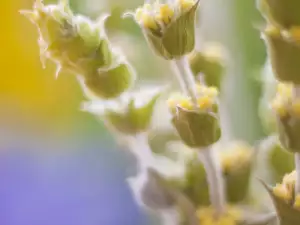
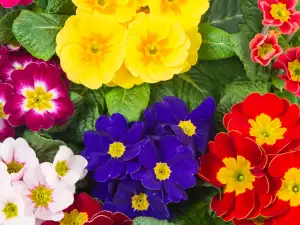

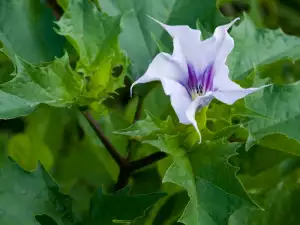
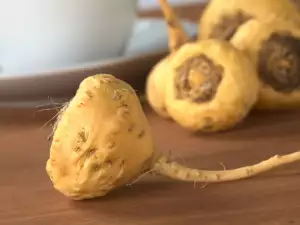
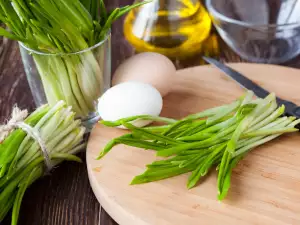
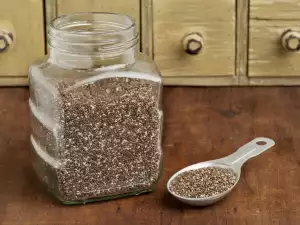
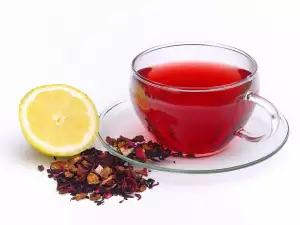
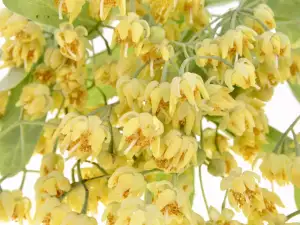


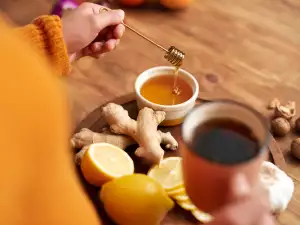
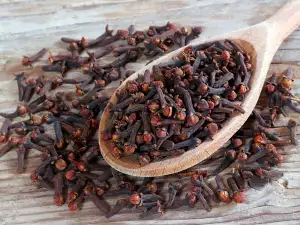




Comments